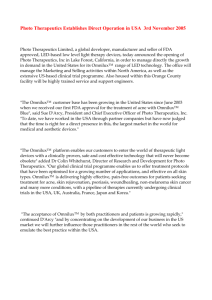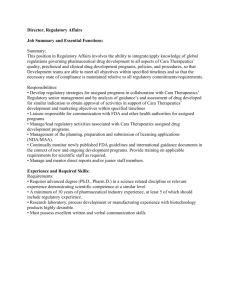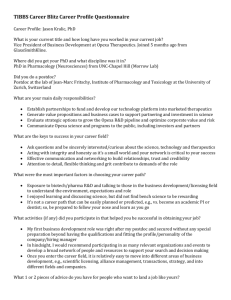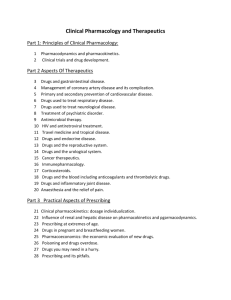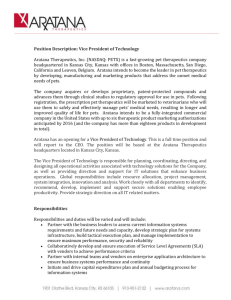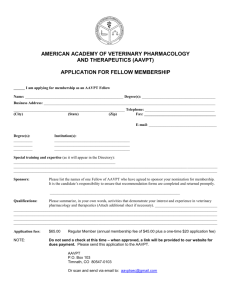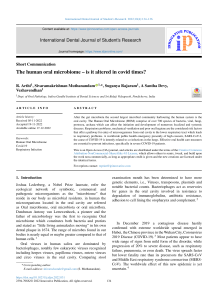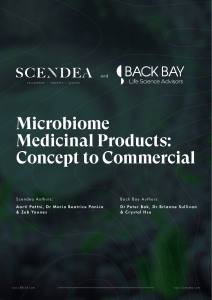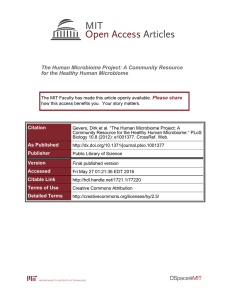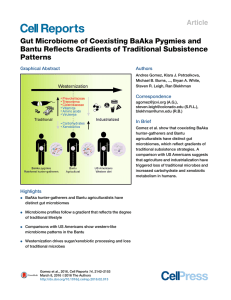Translating the microbiome: Bacterial therapeutics for infectious diseases ABSTRACT
advertisement
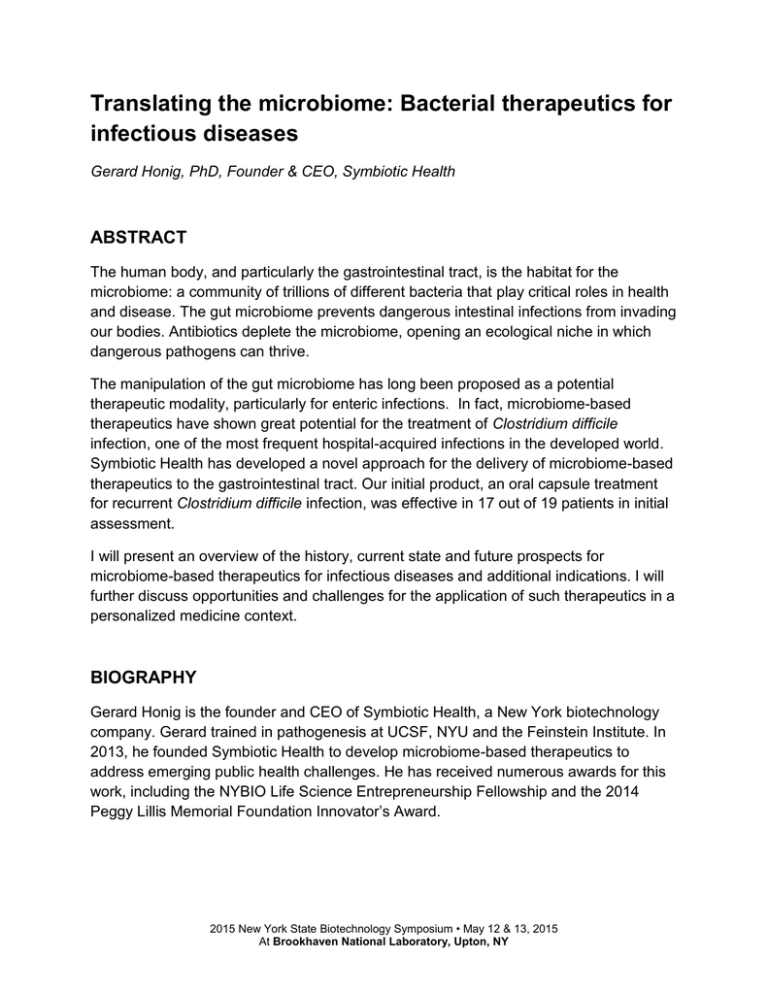
Translating the microbiome: Bacterial therapeutics for infectious diseases Gerard Honig, PhD, Founder & CEO, Symbiotic Health ABSTRACT The human body, and particularly the gastrointestinal tract, is the habitat for the microbiome: a community of trillions of different bacteria that play critical roles in health and disease. The gut microbiome prevents dangerous intestinal infections from invading our bodies. Antibiotics deplete the microbiome, opening an ecological niche in which dangerous pathogens can thrive. The manipulation of the gut microbiome has long been proposed as a potential therapeutic modality, particularly for enteric infections. In fact, microbiome-based therapeutics have shown great potential for the treatment of Clostridium difficile infection, one of the most frequent hospital-acquired infections in the developed world. Symbiotic Health has developed a novel approach for the delivery of microbiome-based therapeutics to the gastrointestinal tract. Our initial product, an oral capsule treatment for recurrent Clostridium difficile infection, was effective in 17 out of 19 patients in initial assessment. I will present an overview of the history, current state and future prospects for microbiome-based therapeutics for infectious diseases and additional indications. I will further discuss opportunities and challenges for the application of such therapeutics in a personalized medicine context. BIOGRAPHY Gerard Honig is the founder and CEO of Symbiotic Health, a New York biotechnology company. Gerard trained in pathogenesis at UCSF, NYU and the Feinstein Institute. In 2013, he founded Symbiotic Health to develop microbiome-based therapeutics to address emerging public health challenges. He has received numerous awards for this work, including the NYBIO Life Science Entrepreneurship Fellowship and the 2014 Peggy Lillis Memorial Foundation Innovator’s Award. 2015 New York State Biotechnology Symposium • May 12 & 13, 2015 At Brookhaven National Laboratory, Upton, NY

